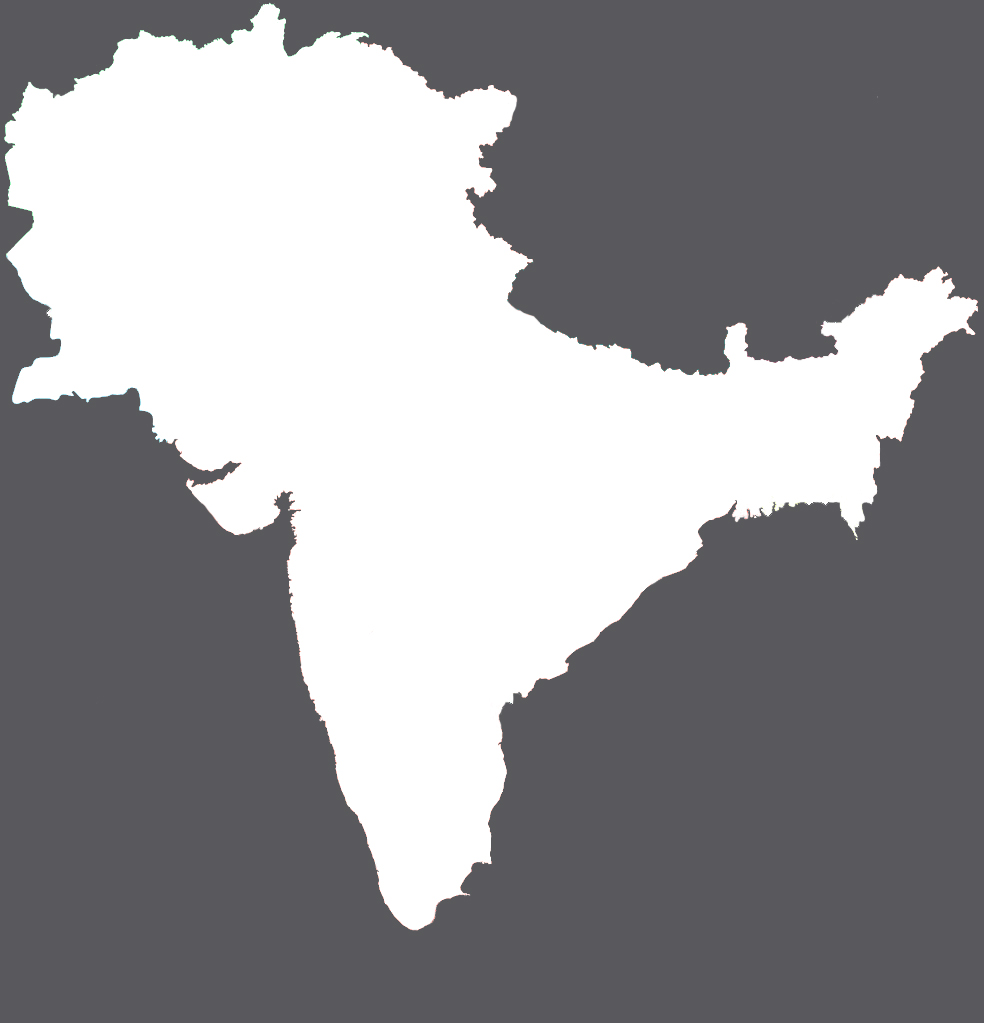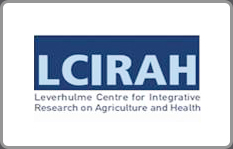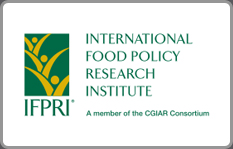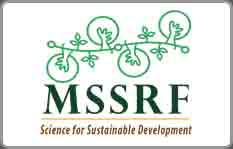Freshwater fish farming towards nutrition and livelihood security of small and marginal farmers

Koraput district in the state of Odisha, India is characterized by subsistence farming. A majority of the farmers (>70%) are small and marginal landholders with an average per capita land holding of 0.79 ha. The levels of poverty and malnutrition are also high. In order to provide the necessary nutrients for a healthy life, a balanced diet should include recommended amounts of different food groups including fish which provides protein and minerals required by the body. As poverty limits the availability of household (HH) access to quality food from the market, fishery can be a source of both food and additional income for small farmers and landless rural households with access to water bodies.
The Farming System for Nutrition (FSN) study in India under the research programme on Leveraging Agriculture for Nutrition in South Asia (LANSA) has focused on mainstreaming the nutrition dimension in the design of the farming system encompassing crop-livestock-nutrition garden-fisheries along with nutrition awareness activities (Bhaskar et al., 2017). Read full case study here.







